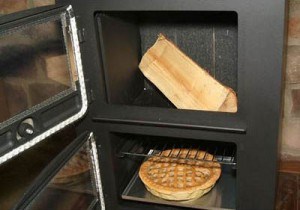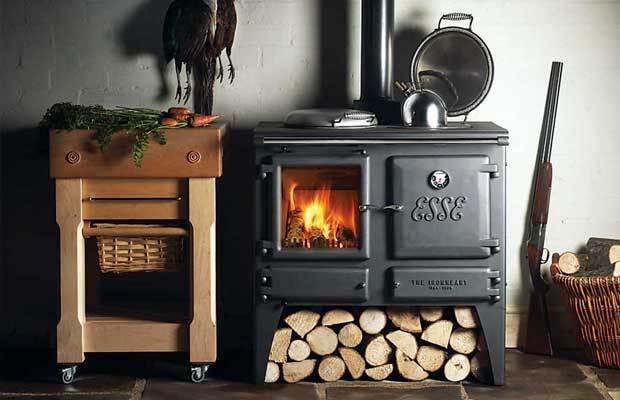
Imagine this scenario: It’s the dead of winter. The ground is covered in snow, the temperature is below freezing during the daylight and worse after the sun goes down. Your power goes out. You’ve got water and a decent amount of food in storage, but your heat source went with the power and the temperature inside your dwelling is rapidly dropping. What can you do?
The best option, one that people have come back to time and again throughout history, is to fire up the stove. If you have a woodstove or wood cookstove, chances are you’ve never worried about this situation. If you lose power and have to rely on yourself for heat, all you need to do is grab a couple blocks of firewood, throw them in the stove, start a fire, and in no time at all your living space will be just as warm as with any other heat source. The difference, however, is that wood heat from cutting the tree to splitting and loading the wood is entirely your responsibility.
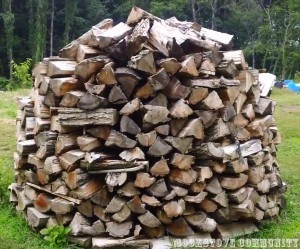
But we’re not talking about just ordinary woodstoves, we’re talking about cookstoves. What’s the difference? Let’s go back to that scenario:
Your only source of heat is a stove, but what about preparing food? Sure, you can get by on the standards like canned goods, freeze-dried foods, MREs, etc. But when you’re looking at an extended period of time without access to proper power, you’ll want variety in order to avoid the very real issue of appetite fatigue. Survival isn’t just about getting the proper amount of nutrients into your body, it’s also about maintaining your sanity, and being able to cook food that actually tastes good will go a long way towards helping you hunker down for the long haul.
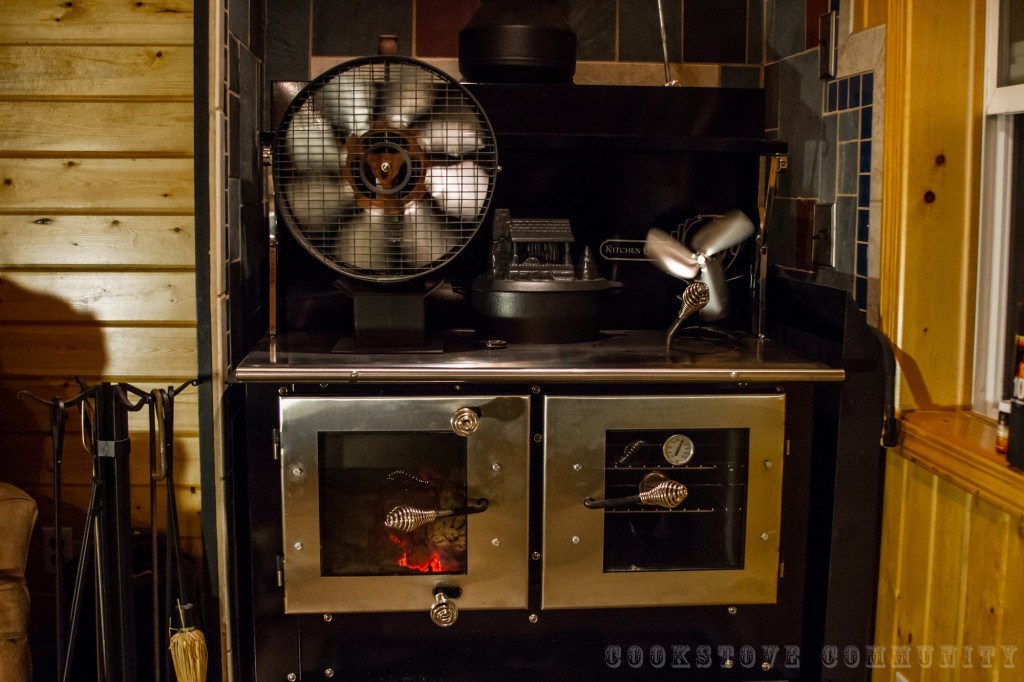
That’s where cookstoves come in.
A cookstove has two main features: A firebox and an oven. The firebox works essentially like a standard woodstove and, depending on the stove, will heat just as effectively. However, that heat and the smoke from the fire is also routed through an adjacent oven (in ways that vary between stove manufacturers), allowing you to bring the oven to a temperature that will effectively cook anything you want.
Most cookstoves even offer independent controls for each side, as well as a universal damper system for total control over how much heat- if any- you wish to allow into the stove. If you can cook it on a normal household stove, you can cook it on a cookstove via wood heat.
Cookstoves are not a new invention by any means, and chances are if you’ve heard of them or seen one before, it was collecting dust or in a state of disrepair in the household of a family member from a previous generation. Wood cookstoves have a long history in America, but fell by the wayside as social and economic forces led coal to replace wood as the main source of energy in the early 1900s. Wood still has its drawbacks as an energy source, particularly if you’re not living near a forest, but for many the benefits far outweigh any issues and always have.
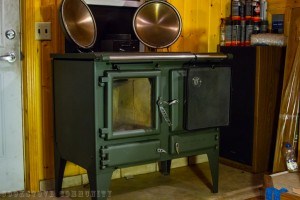
Wood is reliable, and that reliability has kept cookstoves on the market and improving over the years. Today’s cookstoves aren’t your grandma’s cookstove left over from the Great Depression: They are simple but robust pieces of technology built on generations of experience, and with proper maintenance, will keep burning and cooking for decades.
That reliability and self-containment is invaluable to anyone living the prepared life. You can take all manner of precautions against society and what will happen when the grid goes down, but you can’t survive mother nature without a consistent source of heat and food. If you’re a prepper living in the north, or anywhere with temperatures that regularly dip below freezing in the winter months, you need to prepare not only for a large-scale disaster, but for a seasonal one as well. Every year winter storms regularly knock out power for tens of thousands of citizens across the country, often for weeks at a time. Being snowed in without power or a way to restock supplies is still a part of life for many Americans in the winter, and if you’re relying on a third-party to provide your heat in such a situation, you run the very real risk of freezing to death. Keeping a cookstove around will not only alleviate that risk, but allow you to do so relatively comfortably.
As mentioned earlier, a cookstove will open up a variety of options in the event of the grid going down, but that’s not limited to how you prepare your already stored food. And it’s just as well, because no matter how you ration it that food will eventually run out. If you’re to survive through self-reliance and meet all the dietary needs of the human body, you’ll need to raise or hunt your own meat, and that meat will need to be cooked. The benefit of a cookstove here is that you won’t be using multiple devices to accomplish this- your heat source will also provide you with an efficient way of preparing your meat.
A cookstove will go a long way in itself to sustain a person, but if you can also cut your own firewood and kill or grow your own food, a cookstove will provide almost everything else you need. Regardless of whether you’re a prepper or just interested in living a bit more self-sufficiently, a cookstove offers enrichment and security for your life. And on those long, cold winter days in the more out-of-the-way parts of the land, you can’t ask for more.


